Home>Garden Essentials>How To Use Scale In Landscape Design
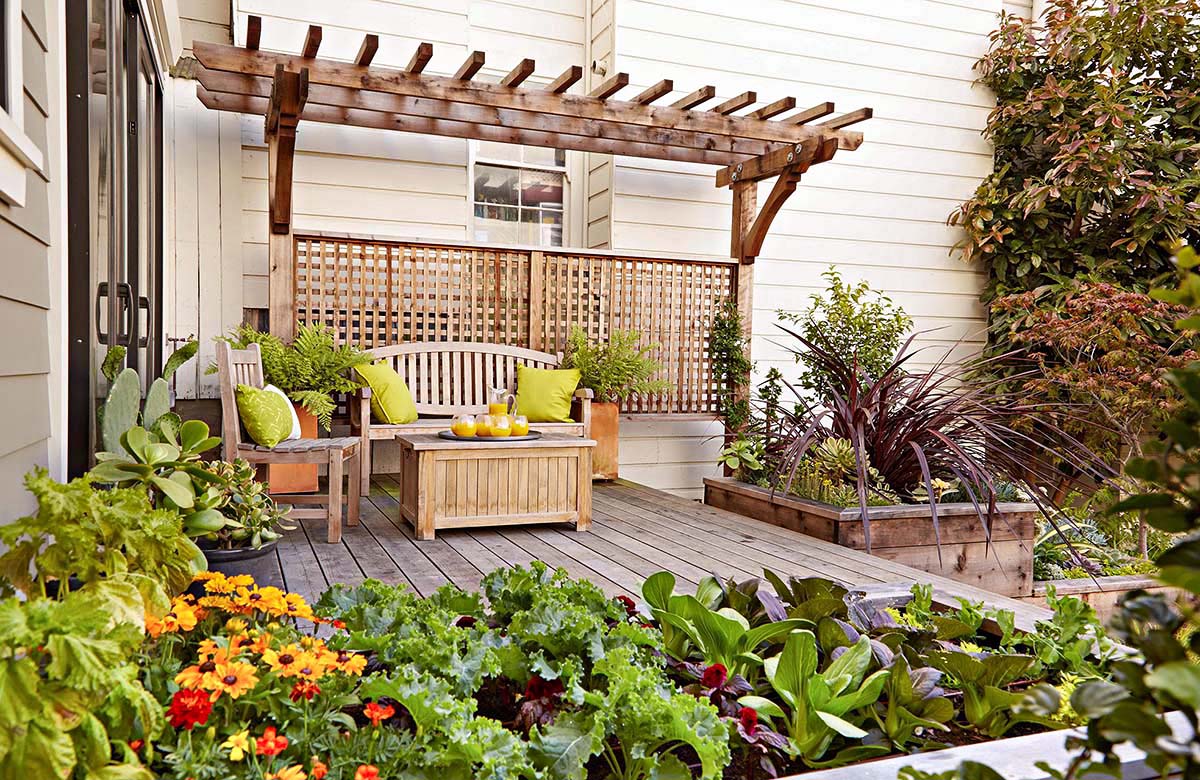

Garden Essentials
How To Use Scale In Landscape Design
Modified: March 7, 2024
Learn how to effectively incorporate scale in your garden design to create a stunning landscape. Explore tips and ideas for using scale in your outdoor space.
(Many of the links in this article redirect to a specific reviewed product. Your purchase of these products through affiliate links helps to generate commission for Storables.com, at no extra cost. Learn more)
Introduction
Landscape design is a combination of art and science, where various elements are carefully orchestrated to create visually appealing and functional outdoor spaces. When it comes to designing a garden or yard, one crucial factor that shouldn’t be overlooked is scale.
Scale refers to the size and proportion of objects in relation to each other and the surrounding environment. It plays a significant role in determining the overall aesthetic and visual impact of a landscape. Understanding how to use scale effectively can help elevate the design and create a harmonious and balanced outdoor space.
In this article, we will explore the concept of scale in landscape design and provide practical tips on how to use it to create stunning and inviting outdoor areas that are both visually pleasing and functional.
Key Takeaways:
- Scale is crucial in landscape design, influencing the visual appeal and functionality of outdoor spaces. It involves balancing elements, creating focal points, and ensuring harmony for a captivating garden or yard.
- Understanding scale allows for balanced and harmonious outdoor spaces. Proportional design, focal points, and functional furniture selection contribute to visually appealing and functional landscapes.
Read more: How To Use A Balance Scale For Weight
Understanding Scale in Landscape Design
Scale in landscape design refers to the size and proportion of objects within a given space. It is crucial to consider scale as it can greatly influence the overall aesthetic and functionality of the outdoor area.
When designing a garden or yard, it’s important to strike a balance between various design elements and their sizes. The key is to create a harmonious composition where the scale of each element complements and enhances the overall design.
One aspect of scale to consider is the relationship between the built environment, such as buildings, structures, and pathways, and the natural elements like trees, shrubs, and flowers. By ensuring that the scale of these elements harmonizes with one another, a sense of cohesion and unity can be achieved. For example, tall trees might overpower a small garden, while small flowers might get lost in a large open space.
It’s also important to consider the scale of the landscape in relation to its surroundings. If your property is nestled in a sprawling countryside, a grand and expansive design would be appropriate. On the other hand, if you have a compact urban garden, a more intimate and cozy design would be more suitable. By taking into account the scale of the environment, you can create a design that feels organic and well-integrated.
Another important aspect of scale is how it influences the perception of space. By playing with scale, you can create illusions that make a space appear larger or more intimate. For example, using tall and slender plants at the back of a small garden can create the illusion of depth and make the space feel larger. On the other hand, using large and bold plantings in a spacious yard can create a sense of enclosure and intimacy.
Understanding and using scale effectively in landscape design allows you to create a visually pleasing and harmonious outdoor space. By considering the scale of each element in relation to the overall design, the environment, and the perception of space, you can achieve a balanced and captivating landscape that is both aesthetically pleasing and functional.
Proportional Design Elements
Proportional design elements are essential in creating a visually balanced and harmonious landscape. When it comes to scale, it’s important to not only consider the size of individual elements but also their relationship to one another.
One of the key principles of proportional design is the rule of thirds. This concept involves dividing the outdoor space into three equal parts horizontally and vertically and using these divisions to guide the placement of design elements. For example, placing a large focal point, such as a statue or a water feature, at the intersection of these divisions can create a visually striking and well-balanced composition.
Another aspect to consider is the scale of different hardscape elements, such as paths, patios, and decks. These elements should be proportionate to the size of the overall space. For example, a small garden may not require an expansive patio, while a large yard may benefit from multiple seating areas and larger walkways.
Plants also play a crucial role in proportional design. Using plants of different heights and sizes can create a sense of depth and dimensionality in the landscape. Taller plants can be placed towards the back, while shorter plants can be positioned towards the front. This layering effect adds visual interest and ensures that each plant is given its proper space and attention.
When it comes to incorporating larger design elements, such as pergolas, arbors, or gazebos, it’s important to ensure they are proportionate to the overall space. Oversized structures can overwhelm the landscape, while undersized ones may appear insignificant. Consider the scale of the surrounding elements and the overall visual weight when selecting and placing these features.
Lastly, the scale of outdoor furniture is another important consideration. Furniture that is too large or too small for the space can disrupt the balance and flow of the design. Choose furniture that is proportional to the size of the patio or seating area, ensuring that there is ample room for movement and comfort.
By paying attention to proportional design elements, you can create a well-balanced and visually appealing landscape. Consider the rule of thirds, the scale of hardscape and plant elements, the proportionality of structures, and the size of outdoor furniture. With these considerations in mind, you can create a harmonious and inviting outdoor space.
Creating a Focal Point
A focal point is a visually dominant element in a landscape that draws attention and becomes the center of interest. It serves as a focal point for the eyes, providing a sense of direction and creating visual impact in the overall design.
When it comes to scale, creating a focal point that is appropriately sized and proportionate to the surrounding elements is crucial. It should catch the eye without overpowering the rest of the landscape.
There are numerous ways to create a focal point in a landscape design. One popular option is to use a large and striking feature such as a statue, a water feature, or a sculpture. These elements can be strategically placed to command attention and add a sense of drama to the space.
The focal point can also be a natural feature, such as a majestic tree, a cluster of vibrant flowers, or a beautifully manicured shrub. By highlighting these elements through proper placement and design, you can create a focal point that is harmonious with the rest of the landscape.
Scale plays an important role in creating a focal point. The focal point should be proportionate to the size of the overall space. In a small garden, a large, towering structure may overwhelm the design, while in a large yard, a small and subtle element may go unnoticed. Consider the size of the space and choose a focal point that fits appropriately within the overall scale.
Placement is another factor to consider when creating a focal point. It should ideally be positioned in a way that leads the eye towards it and encourages exploration of the surrounding landscape. Placing it at a key intersection or at the end of a pathway can enhance its impact.
In addition to size and placement, the material and style of the focal point should also be considered. It should harmonize with the overall design theme and complement the surrounding elements. For example, in a formal garden, a classical statue may be the perfect choice, while in a more contemporary landscape, a sleek and modern water feature may be more suitable.
Creating a focal point with the right scale and proportion is essential in landscape design. It becomes the center of visual interest and adds a unique and captivating element to the overall composition. By carefully selecting and placing a focal point, you can create a visually stunning and well-balanced outdoor space.
Using Scale to Create Balance
Balance is crucial in landscape design as it promotes a sense of harmony and stability in the outdoor space. Proper use of scale can help achieve this balance by ensuring that elements in the design are visually and proportionally balanced.
One way to create balance is by employing symmetrical arrangements. Symmetry involves mirroring elements on either side of a central axis, creating a sense of equilibrium. When using symmetry, it is important to consider the scale of the elements on both sides to maintain balance. For example, if there is a large tree on one side, a similar-sized structure or planting should be placed on the other side to maintain visual harmony.
On the other hand, asymmetrical designs can also create balance by using elements of different sizes and visual weight. Balancing one large and heavy element with multiple smaller and lighter elements can create a pleasing and dynamic composition. For example, pairing a large boulder with a cluster of smaller flowering plants can create a balanced asymmetry.
Scale can also be used to create balance by distributing visual weight evenly throughout the landscape. Visual weight refers to the perceived heaviness or lightness of an element within a design. For example, large trees or structures generally have more visual weight, while delicate flowers or decorative accents have less.
Incorporating elements with different scale and visual weight can help distribute the visual weight evenly across the space, creating a balanced composition. For instance, if there is a tall, visually heavy tree in one area, it can be balanced by adding clusters of smaller plants with lighter visual weight in another area.
Another technique to create balance is through the use of repetition. Repeating certain elements or forms throughout the landscape can help establish a sense of unity and balance. These repetitions can include similar colors, shapes, or textures. When using repetition, it’s important to also consider the scale of the repeated elements to maintain visual harmony.
By using scale to create balance in landscape design, you can achieve a visually pleasing and harmonious outdoor space. Whether through symmetrical or asymmetrical arrangements, consideration of visual weight, or the repetition of elements, a well-balanced design will create a sense of harmony and tranquility in your garden or yard.
Read more: How To Use A Manual Weight Scale
Scale and Visual Weight
When it comes to landscape design, understanding the concept of visual weight and its relationship to scale is crucial. Visual weight refers to the perceived heaviness or lightness of an element within a design. It can greatly affect the overall balance and visual impact of the landscape.
The scale of an element influences its visual weight. Generally, larger and bulkier objects have more visual weight, while smaller and lighter objects have less. For example, a large tree or a massive rock will have more visual weight compared to a small flowering plant or a delicate ornament.
Understanding the visual weight of different elements allows you to create balance and harmony within the landscape. By strategically placing elements with different scale and visual weight, you can create a visually interesting composition.
For instance, if you have a large tree with substantial visual weight on one side of the garden, you can balance it by placing multiple smaller plants with lighter visual weight on the opposite side. This helps distribute the visual weight evenly throughout the space, preventing one area from appearing visually overpowering.
Another consideration when working with visual weight and scale is creating focal points. Focal points should have a higher visual weight compared to the surrounding elements to draw attention and create a sense of interest. They should stand out and command attention within the design.
For example, if you have a small garden, you can create a focal point by using a large and visually compelling feature such as a sculpture or a water feature. The visual weight of this focal point will make it a distinctive element within the space, attracting attention and creating a sense of balance with the surrounding elements.
Proper manipulation of visual weight and scale is essential in landscape design. It allows you to create a visually balanced and harmonious composition, where elements with different visual weights are strategically placed to achieve equilibrium. By considering the visual weight of each element and its relationship to scale, you can design a landscape that is visually appealing and well-balanced.
Incorporating Variety in Scale
When it comes to landscape design, incorporating variety in scale can add visual interest and depth to the overall composition. Using elements of different sizes and proportions creates a dynamic and engaging outdoor space.
One way to incorporate variety in scale is by combining plants of different heights and sizes. Instead of using only tall or only short plants, consider incorporating a mix of various heights. This creates layers and adds dimension to the landscape. Use taller plants in the back or center as vertical elements, while shorter plants can be placed in the foreground or along pathways.
Additionally, varying the scale of hardscape elements, such as paths, patios, and fences, can contribute to the overall visual interest of the design. Combining larger spaces with smaller, intimate areas can create a sense of movement and discovery within the landscape. For example, you can have a spacious patio for entertaining, surrounded by smaller, secluded seating nooks or pathways.
Introducing structures or ornaments of different scales can also add variety to the landscape. Consider adding arbors, pergolas, or trellises of varying sizes to create focal points and provide vertical interest. These structures can be used to define spaces and create visual separation within the garden.
Addition of water features can also contribute to variety in scale. Incorporating a small, bubbling fountain or a larger pond can add a sense of tranquility and introduce different scales to the landscape. The movement and sound of water can create a soothing atmosphere and serve as a focal point.
Outdoor furniture selection is another opportunity to introduce variety in scale. Choose furniture of different sizes to create diverse seating options. A large dining table can serve as a gathering point, while smaller lounge chairs or benches can provide cozy nooks for relaxation. This creates a sense of variety and accommodates different activities within the outdoor space.
By incorporating variety in scale, you can create a visually captivating and dynamic landscape design. Mixing plants, varying the size of hardscape elements, introducing structures and water features, and selecting furniture of different sizes all contribute to a well-balanced and engaging outdoor space. Striking the right balance between different scales will result in a visually appealing and harmonious landscape.
When using scale in landscape design, consider the size of plants, trees, and other elements in relation to the overall space. Use larger elements to create a sense of grandeur and smaller elements to add detail and depth.
Considerations for Small Spaces
Designing a small outdoor space requires careful planning and consideration to maximize its potential. With limited square footage, it’s important to make every element count and create a visually appealing and functional area. Here are some considerations for designing small spaces:
Scale: In a small space, scale becomes even more critical. Choosing plants, furniture, and structures with appropriate proportions is essential to avoid overwhelming the area. Opt for smaller plants, compact furniture, and structures that fit within the available space.
Vertical Gardening: Utilizing vertical space is a great way to add interest and maximize the use of a small area. Install vertical gardens or hanging planters to grow plants vertically, freeing up valuable floor space. Structures such as trellises or wall-mounted shelves can be used to display potted plants or garden decor.
Multipurpose Design: When space is limited, it’s important to design elements that serve multiple functions. For example, a bench with built-in storage can provide seating as well as a place to store gardening tools. Incorporating raised beds that double as seating walls or a dining table that can be folded away when not in use are excellent space-saving solutions.
Clear Pathways: Ensure that there are clear pathways within the small space to facilitate movement and create a sense of openness. Use materials like stepping stones or gravel to define pathways without taking up too much space. Strategic placement of plants and decor should not obstruct the circulation flow.
Optical Illusions: Use design techniques to create the illusion of more space. Adding mirrors to a small garden can create a sense of depth and reflect natural light, making the area appear larger. Light-colored walls, paving, and furniture can also give the impression of a more expansive space.
Streamlined Design: Keep the design clean and uncluttered by avoiding too many decorative elements or intricate details. Opt for sleek and minimalistic designs that contribute to a sense of openness. Choose furniture with slim profiles and simple lines to avoid overwhelming the space.
Proportionate Plant Selection: Select plants that are appropriate for the scale of the small space. Choose dwarf varieties or compact plants that won’t overshadow the area. Creating layers of different heights can add visual interest without taking up too much space.
Functional Lighting: Proper lighting can make a small space feel cozy and inviting. Use a combination of ambient, task, and accent lighting to highlight focal points and provide adequate illumination. Consider utilizing solar-powered lights to avoid the need for electrical wiring in smaller spaces.
By considering these design considerations for small spaces, you can transform a limited outdoor area into a charming and functional oasis. Thoughtful planning, scale-conscious choices, and maximizing vertical and multipurpose elements will allow you to create an inviting and visually appealing space, no matter the size.
Scale in Plant Selection
When it comes to landscape design, the selection of plants is an important consideration for creating a visually appealing and well-balanced outdoor space. Choosing the right plants in terms of scale is crucial to ensure harmony and proportion within the garden.
Scale in plant selection refers to the size and proportion of plants in relation to the surrounding elements and the overall design. Considering the mature size and growth habits of plants is essential to avoid overcrowding or overshadowing other elements within the garden.
When planning a garden, it’s important to have a mix of plants with different scales. This involves selecting plants of varying heights, widths, and shapes to create a visually interesting and layered environment. Taller plants can be used as focal points or to provide vertical interest, while shorter plants can be used for ground cover or border planting.
It’s crucial to consider the available space and the scale of the garden when selecting plants. In a larger garden, larger plants, such as trees and shrubs, can be used to provide structure and create a sense of enclosure. However, in a smaller garden, compact and dwarf varieties may be more appropriate to avoid overwhelming the space.
Proportion is also important when selecting plants. Plants should be proportional to the size and scale of the architectural features, such as buildings, fences, or walls, within the garden. For example, a small garden with a low fence may benefit from smaller, low-growing plants, while a spacious garden with tall walls can accommodate larger, more vertical plants.
The shape and form of plants should also be considered in relation to the overall design. Plants with columnar or upright forms can add vertical interest, while plants with spreading or cascading forms can soften the edges and provide a sense of movement. By incorporating plants with different shapes and forms, you can create a well-rounded and visually diverse garden.
Additionally, the texture and foliage of plants contribute to the perceived scale. Finely textured plants, such as grasses or delicate ferns, create a sense of lightness and airiness, while plants with large, bold leaves can add a sense of strength and presence. Consider using a mix of textures in the garden to add depth and visual interest.
Lastly, it’s important to consider the maintenance requirements of the chosen plants. Some plants may require frequent pruning to maintain their desired size and shape. If the garden has limited space or if the selected plants are fast growers, regular maintenance may be necessary to prevent overcrowding and maintain the intended scale.
By carefully considering the scale of plants in relation to their surroundings and the overall design, you can create a visually harmonious and well-balanced garden. Selecting plants of appropriate size, form, and texture will ensure that the garden remains visually appealing and in proportion, resulting in an inviting and enjoyable outdoor space.
Read more: How To Use A Swing Weight Scale
Using Scale to Enhance Functionality
When designing an outdoor space, scale not only plays a crucial role in the visual aspect of the design but also in enhancing its functionality. By effectively utilizing scale, you can create a functional and purposeful outdoor area that meets your specific needs.
One way to use scale to enhance functionality is through the design and layout of hardscape elements. Consider the scale of pathways, patios, and seating areas to ensure they are proportionate to the size of the space. A well-designed pathway, for example, should be wide enough for easy navigation and flow of foot traffic, while a patio or seating area should be spacious enough to accommodate furniture and activities.
Scale can also be used to define and divide different areas within the outdoor space. By incorporating elements of different scales, such as pergolas, arbors, or decorative screens, you can create separate zones for specific purposes. For instance, a smaller pergola can be used to define a cozy seating area or outdoor dining space, while a larger structure can create an outdoor kitchen or gathering area.
Consider the scale and size of functional elements such as outdoor kitchen appliances, fire pits, or BBQ grills. These elements should be proportionate to the available space and the intended use. A large grill in a compact backyard may visually overpower the space, while a small grill in a spacious yard may not meet the needs of entertaining or cooking for larger groups.
Scale can also play a role in the selection and placement of garden features such as raised beds, herb gardens, or vegetable patches. The size of these elements should align with the space available and the desired level of maintenance. If you have a small garden but want to grow your own herbs and vegetables, opting for smaller raised beds or vertical gardening solutions can help maximize the available space.
Functional lighting is another area where scale is important. Lighting fixtures should be chosen based on the scale of the outdoor space and the desired level of illumination. Lighting pathways, patios, and seating areas with fixtures of appropriate scale ensures safety and usability during evening hours.
Scale ultimately plays a significant role in the functionality and usability of an outdoor space. By considering the scale of hardscape elements, defining separate areas, selecting functional elements proportionate to the space, incorporating appropriate garden features, and implementing functional lighting, you can create an outdoor area that is not only visually appealing but also serves its intended purpose. A well-designed combination of scale and functionality will allow you to make the most of your outdoor space and create a welcoming environment for various activities and gatherings.
Scale and Outdoor Furniture Selection
When it comes to designing an outdoor space, selecting the right furniture is essential for creating a comfortable and inviting environment. The scale of outdoor furniture plays a crucial role in the overall functionality and aesthetic appeal of the space.
First and foremost, consider the size of the outdoor area when choosing furniture. In a larger space, you may have the luxury of using bigger furniture pieces such as a large dining table or a spacious sectional sofa. However, in a smaller space, opt for more compact furniture to avoid overwhelming the area. Look for space-saving solutions, such as collapsible or stackable furniture, to maximize functionality.
Proportional to the size of the outdoor space, select furniture that creates a balanced and visually pleasing composition. If you have a larger outdoor area, choose furniture that has a substantial visual presence to match the scale of the space. On the other hand, in a smaller space, consider furniture with a lighter visual weight to maintain a sense of openness and prevent the area from feeling cramped.
Incorporate a variety of seating options to accommodate different needs and create a sense of flexibility. Mix and match seating styles, such as chairs, benches, and ottomans of different scales, to provide versatility and allow for various seating arrangements. For example, smaller bistro sets or compact lounge chairs can be used in a small patio area, while a combination of a dining table and lounge seating can be utilized in a larger backyard.
Consider the comfort of the furniture when making selections. The scale of furniture should also accommodate the intended use and provide ample space for relaxation. Deep-seated chairs or comfortable cushions can enhance the comfort level and encourage people to spend more time outdoors.
In addition to size and comfort, take into account the design style of the furniture and how it complements the overall aesthetic of the outdoor space. Choose furniture that reflects your personal style and aligns with the design theme of the area. For example, sleek and modern furniture may be ideal for contemporary landscapes, while rustic or vintage-inspired furniture can add charm to a cottage-style garden.
Lastly, consider the durability and weather resistance of the furniture. Outdoor furniture is subjected to various weather conditions, so it is important to choose materials that can withstand exposure to the elements. Opt for furniture made from weather-resistant materials such as teak, aluminum, or synthetic wicker that are resistant to moisture, fading, and rusting.
By paying attention to the scale of outdoor furniture and taking into consideration factors such as size, comfort, style, and durability, you can choose furniture that not only fits the space but also enhances the functionality and visual appeal of your outdoor area. The right furniture selection will create a comfortable and welcoming atmosphere for relaxation, dining, and entertaining in your outdoor space.
Case Studies: Applying Scale in Landscape Design
Let’s explore two case studies that demonstrate how the application of scale in landscape design can transform outdoor spaces:
Case Study 1: Urban Rooftop Garden
In this case, the challenge was to design a functional and visually appealing rooftop garden in a small urban space. The scale of the garden needed to be carefully considered to maximize every inch.
To create a sense of depth and variety, plants of different scales were utilized. Taller ornamental grasses and small trees were placed towards the back of the garden, while low-growing shrubs and flowering plants were positioned towards the front. The layering effect created the illusion of a larger space. Vertical gardening techniques, such as green walls and hanging plants, were also incorporated to maximize the use of vertical space.
Proportional furniture was selected to fit the smaller dimensions of the rooftop. Compact lounge chairs and a bistro table with folding chairs provided seating options without overwhelming the space. Mirrors were strategically placed to reflect natural light and visually expand the area.
The result was a rooftop garden that felt larger than its actual size, with a balanced composition of plants and appropriate scale of furniture. The design maximized the functionality of the limited space while creating an inviting and visually appealing oasis in the midst of the urban environment.
Case Study 2: Spacious Backyard Retreat
In this case, the objective was to transform a large backyard into a versatile and inviting retreat. Scale was important in achieving a well-proportioned and balanced design.
The focal point of the design was a large pergola that provided shade and defined an outdoor living area. The scale of the pergola was carefully chosen to complement the size of the backyard. Lower structures, such as raised planters and seating walls, were added to create layers and visually break up the space.
Plants in various sizes were strategically placed to create visual interest and depth. Taller trees and shrubs were positioned towards the perimeter to provide privacy and enclose the space. Smaller plants and ground covers were used near seating areas and pathways to soften the edges.
Appropriate scale of furniture was selected to ensure comfortable seating and usability. Large sectional sofas with coffee tables were positioned near the pergola, while smaller lounge chairs and a dining set were placed in other areas of the yard. This allowed for different seating options throughout the space.
The end result was a well-balanced and functional backyard retreat that embraced the scale of the space. The diverse plant selection, strategic placement of structures, and appropriate scale of furniture came together to create an inviting and versatile outdoor oasis.
These case studies exemplify the importance of scale in landscape design. By carefully considering the scale of plants, structures, and furniture, designers can transform outdoor spaces into functional and visually appealing areas that harmonize with their surroundings. Whether working with small urban gardens or spacious backyards, the application of proper scale can truly enhance the overall design and create unforgettable outdoor experiences.
Conclusion
Scale is a fundamental element in landscape design that greatly influences the aesthetic appeal and functionality of outdoor spaces. Understanding how to effectively use scale allows designers and homeowners to create visually pleasing and harmonious landscapes that fulfill their intended purposes.
By considering the scale of different elements, such as plants, structures, hardscape features, and furniture, one can achieve a sense of balance and proportion within the design. Proportional design elements create a visually balanced composition, while appropriately scaled focal points draw attention and create visual interest.
Using scale to create balance ensures that visual weight is distributed harmoniously, preventing any one element from overpowering the space. Incorporating variety in scale adds depth and dimension to the landscape, while optical illusions can make small spaces appear larger.
Moreover, scale plays a significant role in the selection of plants and outdoor furniture. Choosing plants of appropriate size and proportion creates a well-balanced and visually appealing garden. Outdoor furniture that is properly scaled enhances both the functionality and visual appeal of the outdoor space.
Throughout this article, we have explored various aspects of scale in landscape design, including its implications for proportional design, focal points, balance, visual weight, variety, plant selection, functionality, and furniture selection.
In conclusion, the thoughtful consideration and application of scale in landscape design are essential for creating beautiful and functional outdoor spaces. By understanding how to use scale effectively, designers and homeowners can transform their gardens, yards, and outdoor areas into inviting and visually captivating havens that enhance the overall experience of outdoor living.
Frequently Asked Questions about How To Use Scale In Landscape Design
Was this page helpful?
At Storables.com, we guarantee accurate and reliable information. Our content, validated by Expert Board Contributors, is crafted following stringent Editorial Policies. We're committed to providing you with well-researched, expert-backed insights for all your informational needs.
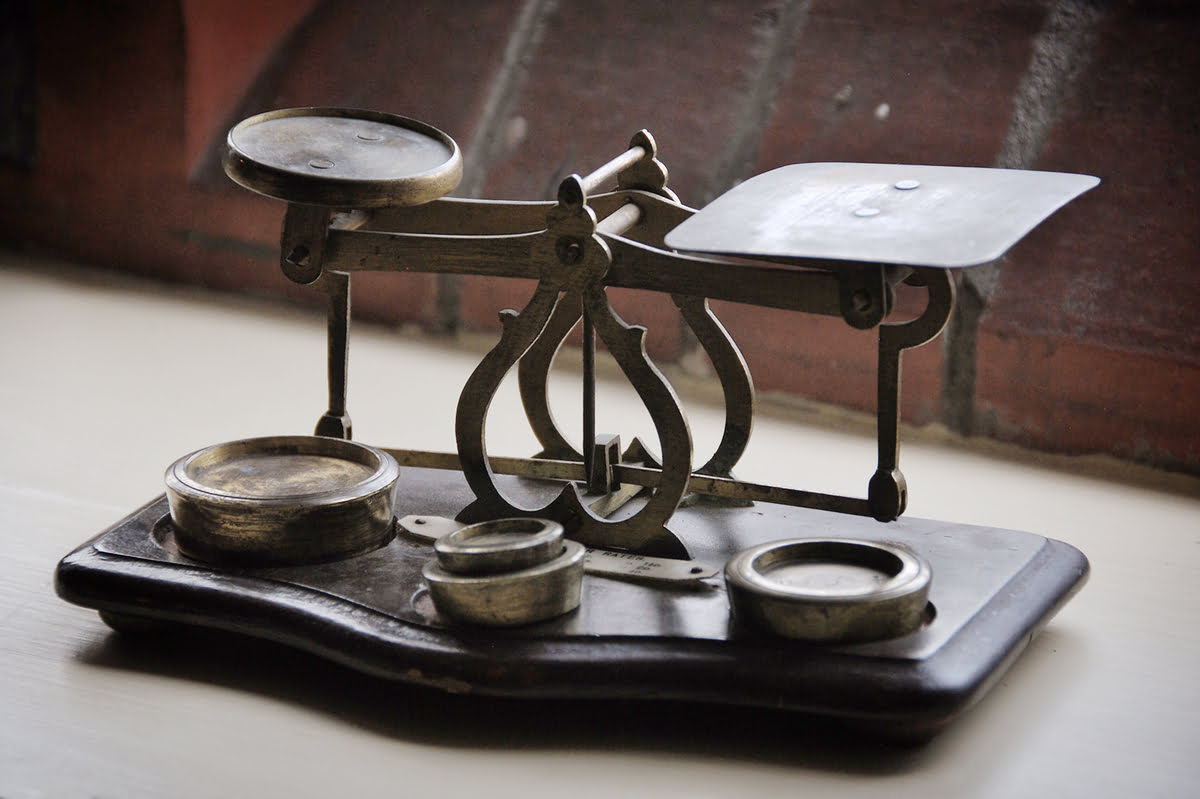

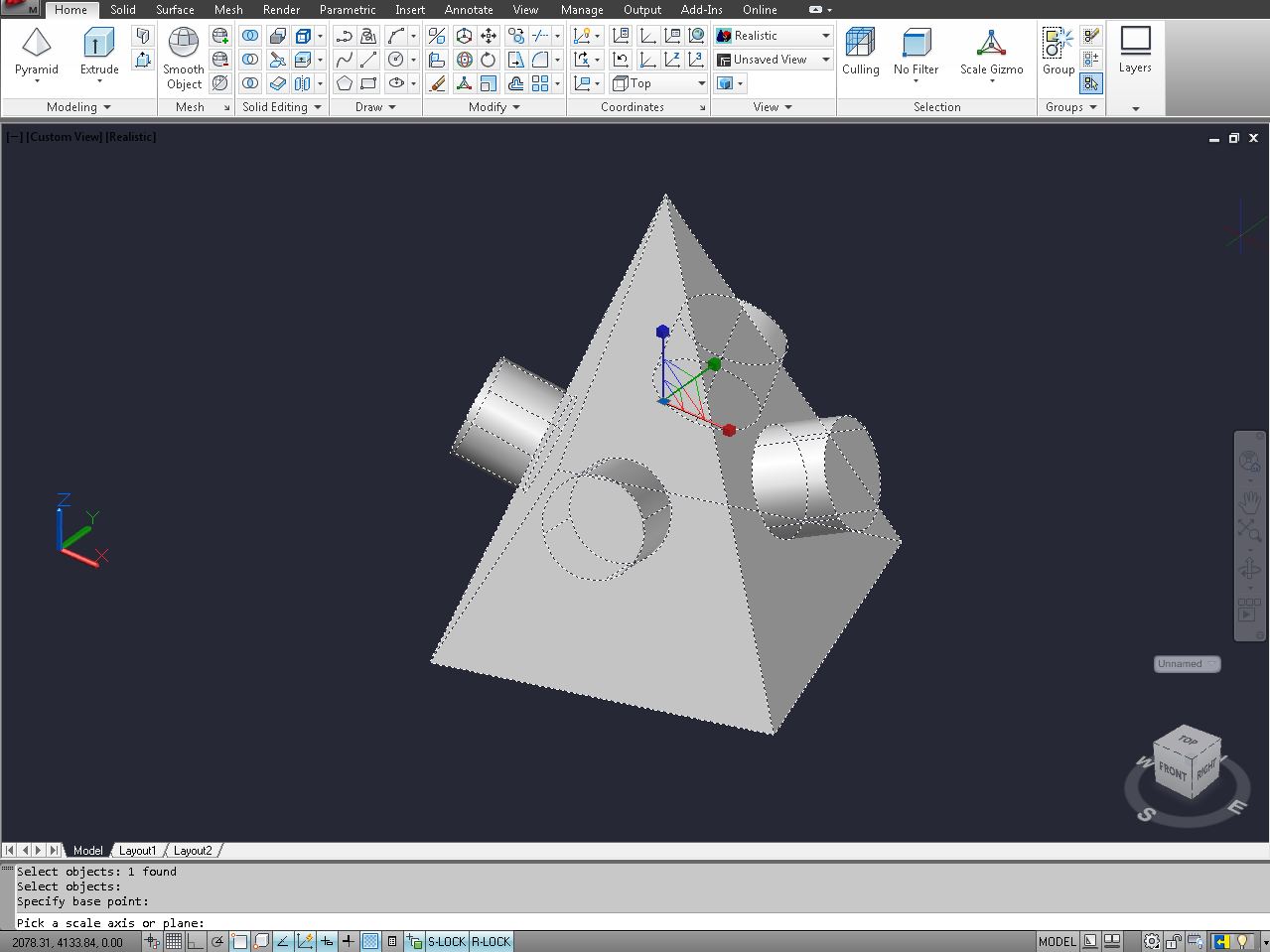
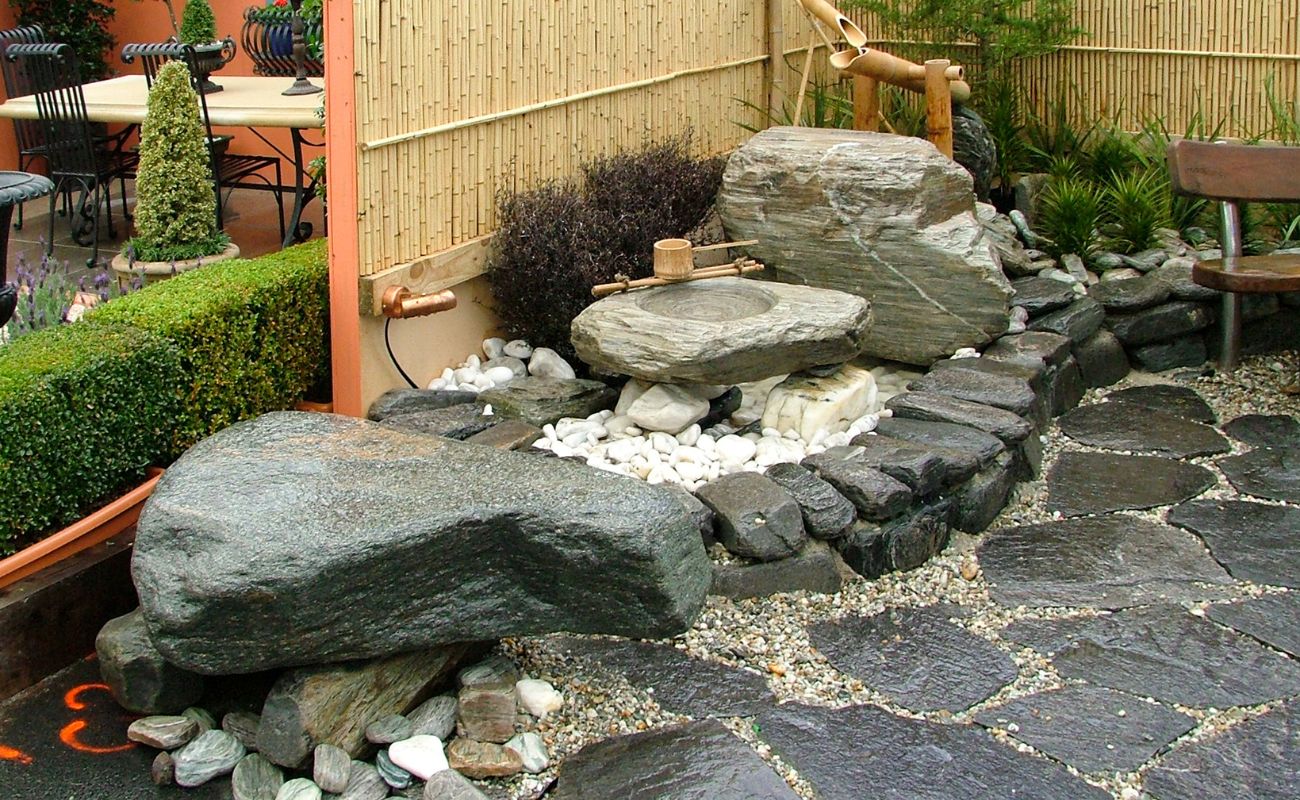
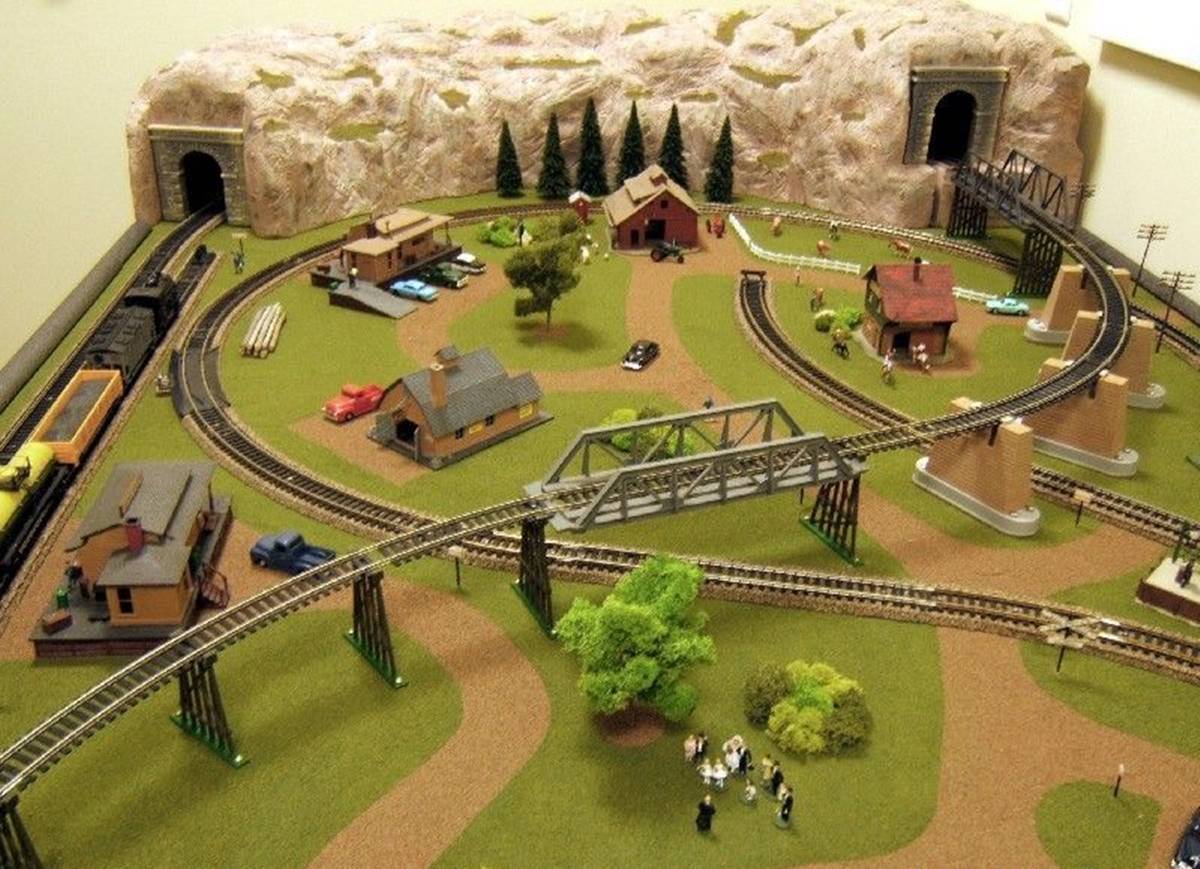
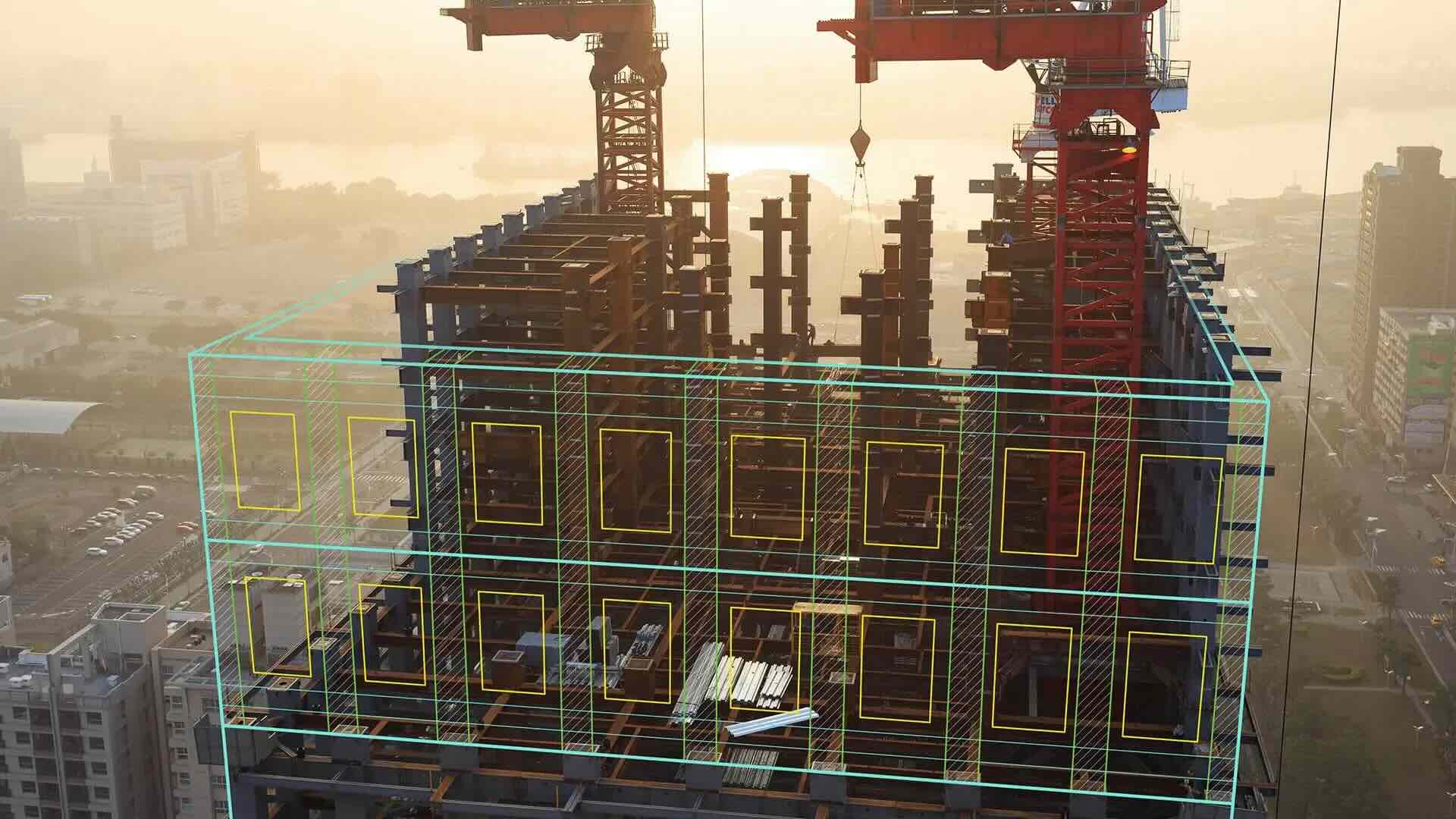

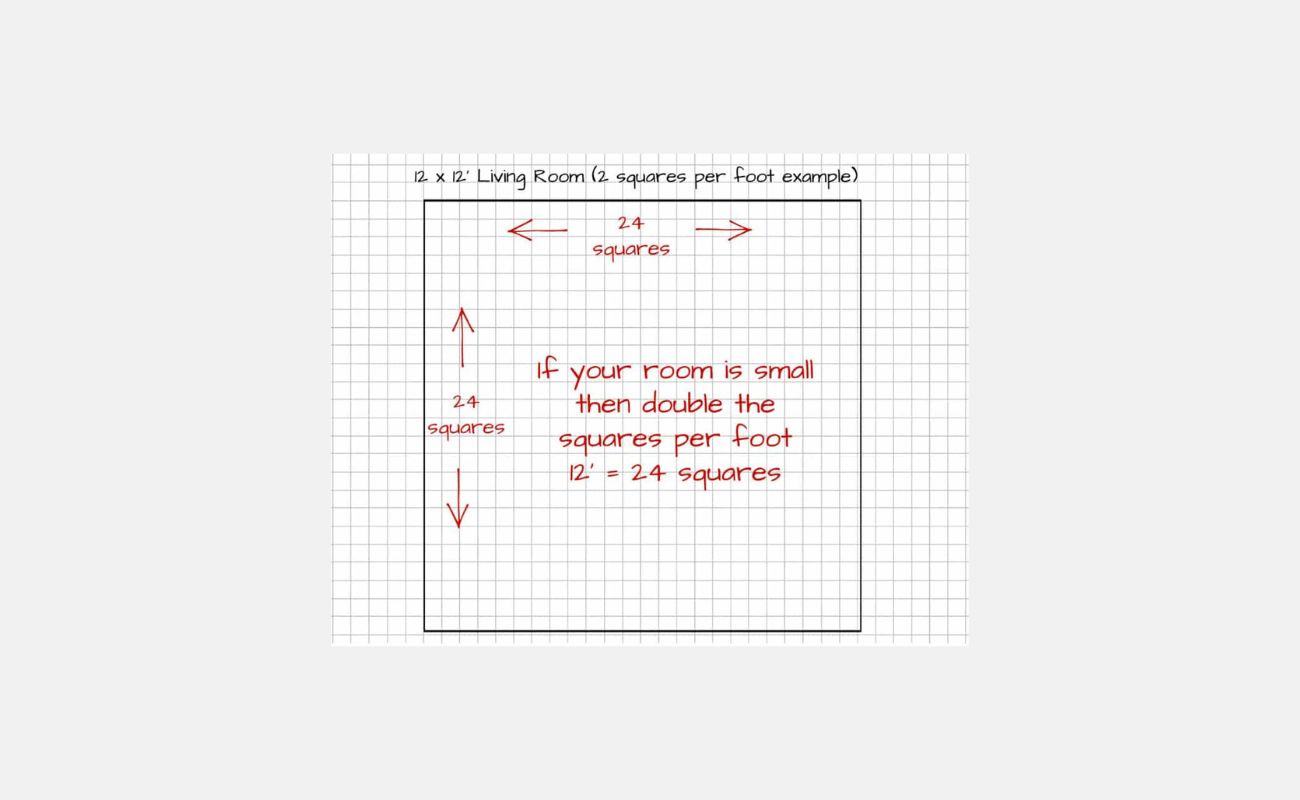
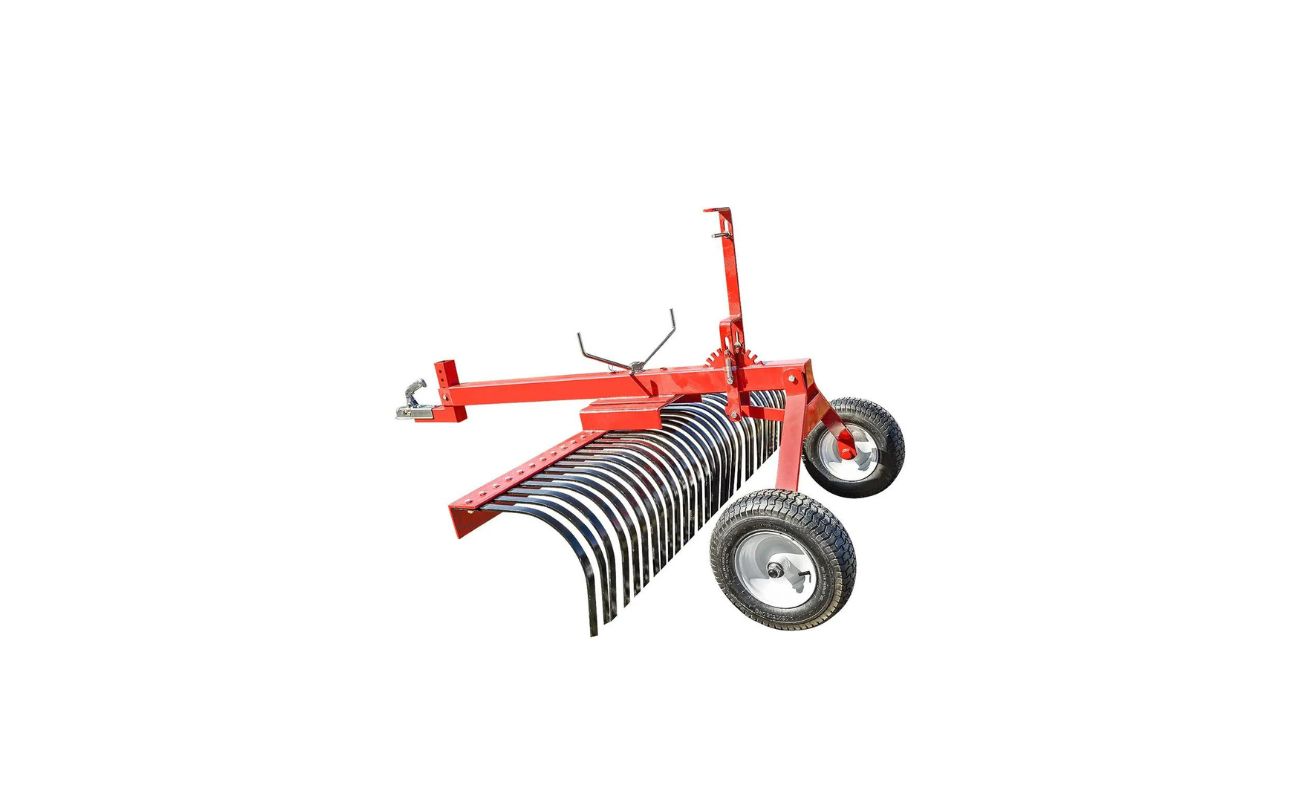
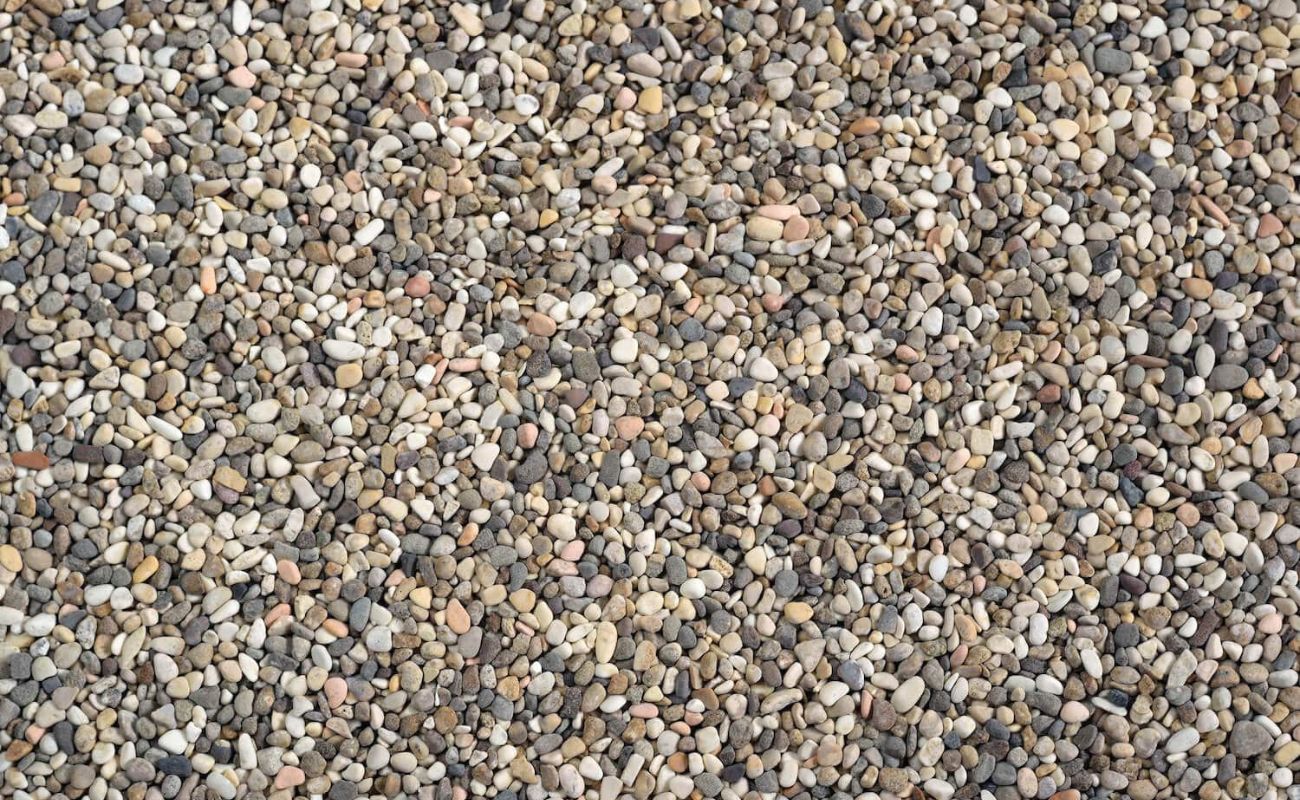


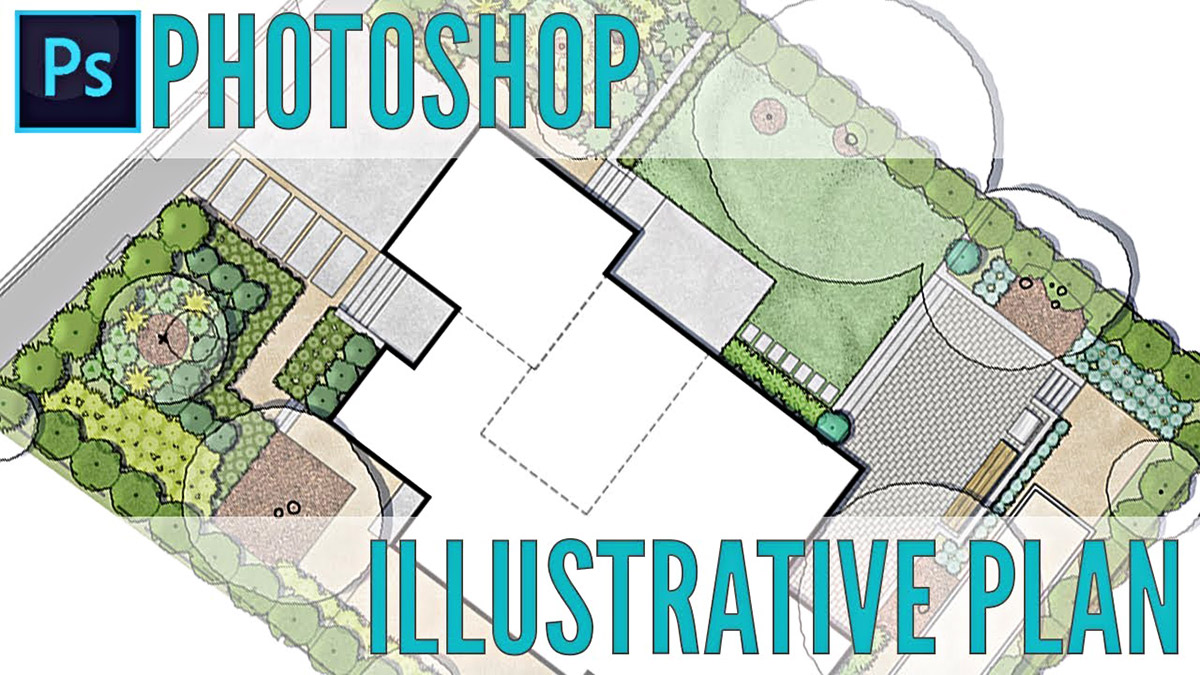

0 thoughts on “How To Use Scale In Landscape Design”